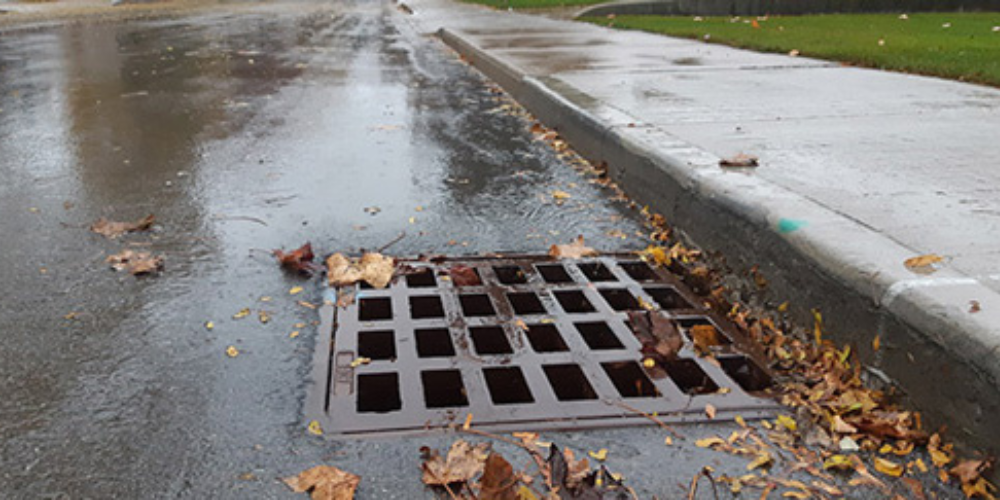Catch basins and grates are both important components of a drainage system, but they serve different purposes and offer different performance characteristics.
Catch basins are designed to capture and hold water, sediment, and debris before they enter the drainage system. They typically consist of a concrete or plastic basin with a grate or screen on top that allows water to enter but prevents larger debris from entering the drainage system. Catch basins can handle large volumes of water and are effective at preventing clogs and backups in the drainage system.
Grates, on the other hand, are designed to allow water to flow freely into the drainage system while preventing debris from entering. They are typically made of metal and are often used in areas where there is a high volume of pedestrian or vehicular traffic, such as sidewalks or parking lots. Grates are typically less effective at preventing clogs and backups in the drainage system compared to catch basins.
Nonetheless, the choice between catch basins and grates will depend on factors such as the volume of water and debris in the area, the level of pedestrian or vehicular traffic, and the available budget for installation and maintenance for the buyer. A qualified drainage contractor can help determine the best solution for a particular application.
On what basis should the buyer get a catch basin or grate?
The decision to choose a catch basin or grate for a particular application depends on several factors. Here are some key factors that buyers should consider:
- Water volume: The volume of water in the area is an important consideration when choosing between a catch basin and a grate. Catch basins are better suited for areas with large volumes of water, such as parking lots or roads, while grates are better suited for areas with lower volumes of water, such as sidewalks or pedestrian areas.
- Debris type: The type of debris in the area is also an important consideration. Catch basins are better suited for areas with heavy debris, such as leaves or dirt, as they can capture and hold the debris before it enters the drainage system. Grates are better suited for areas with lighter debris, such as litter or small rocks.
- Maintenance: Catch basins require more maintenance than grates, as they need to be regularly cleaned and emptied to prevent clogs and backups in the drainage system. Grates require less maintenance, but they may still need to be cleaned to prevent debris buildup.
- Traffic volume: The level of traffic in the area is another important consideration. Catch basins are better suited for areas with heavy traffic, as they can handle large volumes of water and debris. Grates are better suited for areas with lighter traffic, as they are less likely to become damaged or dislodged by vehicles or pedestrians.
- Cost: Catch basins are typically more expensive than grates, both in terms of installation and maintenance costs. Buyers should consider their budget when deciding between a catch basin or grate.
Finally, buyers should consider the volume of water and debris in the area, the level of traffic, maintenance requirements, and cost when choosing between a catch basin or grate. Consulting with a qualified drainage contractor can also help ensure that the best solution is chosen for a particular application.

